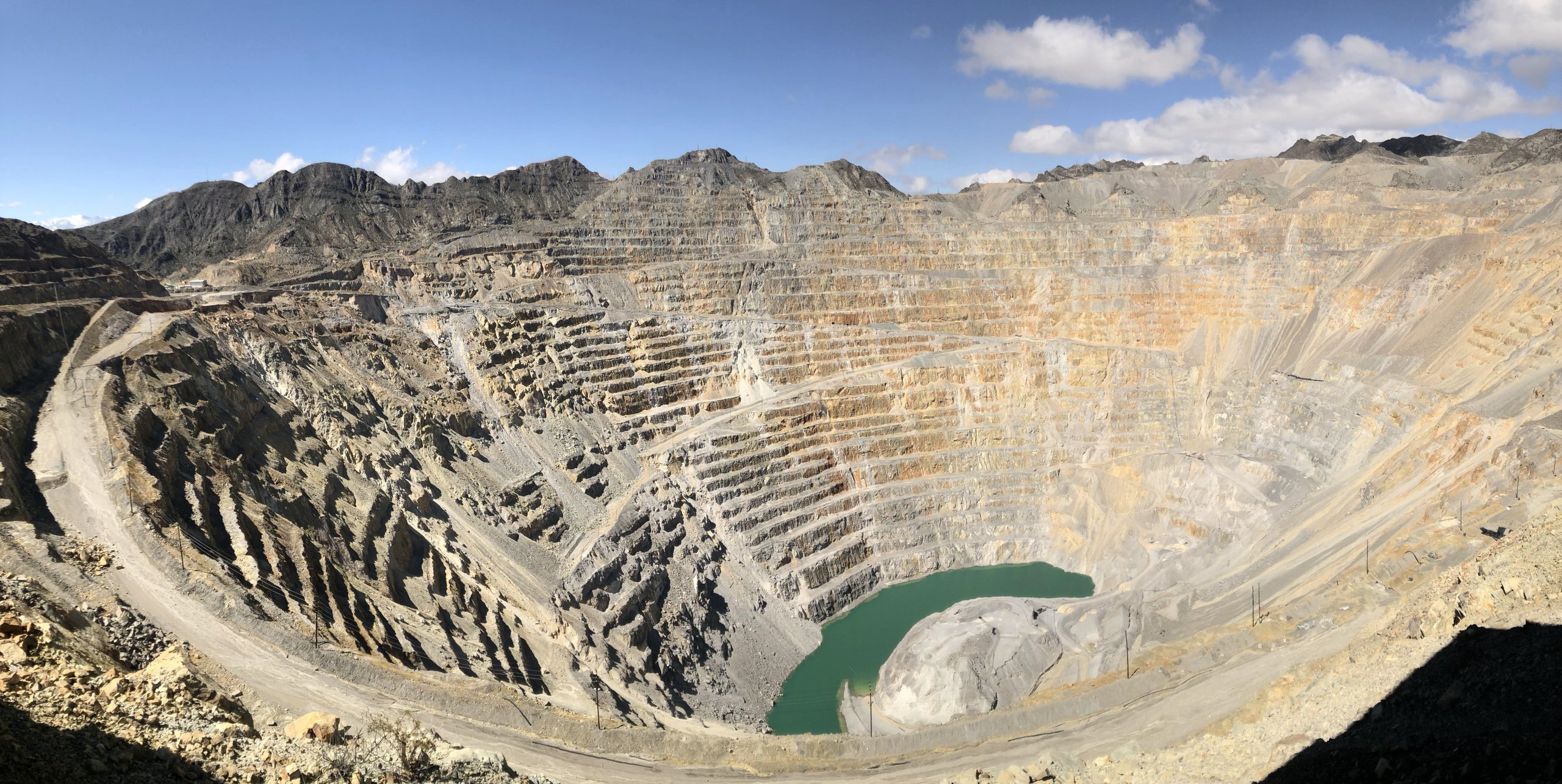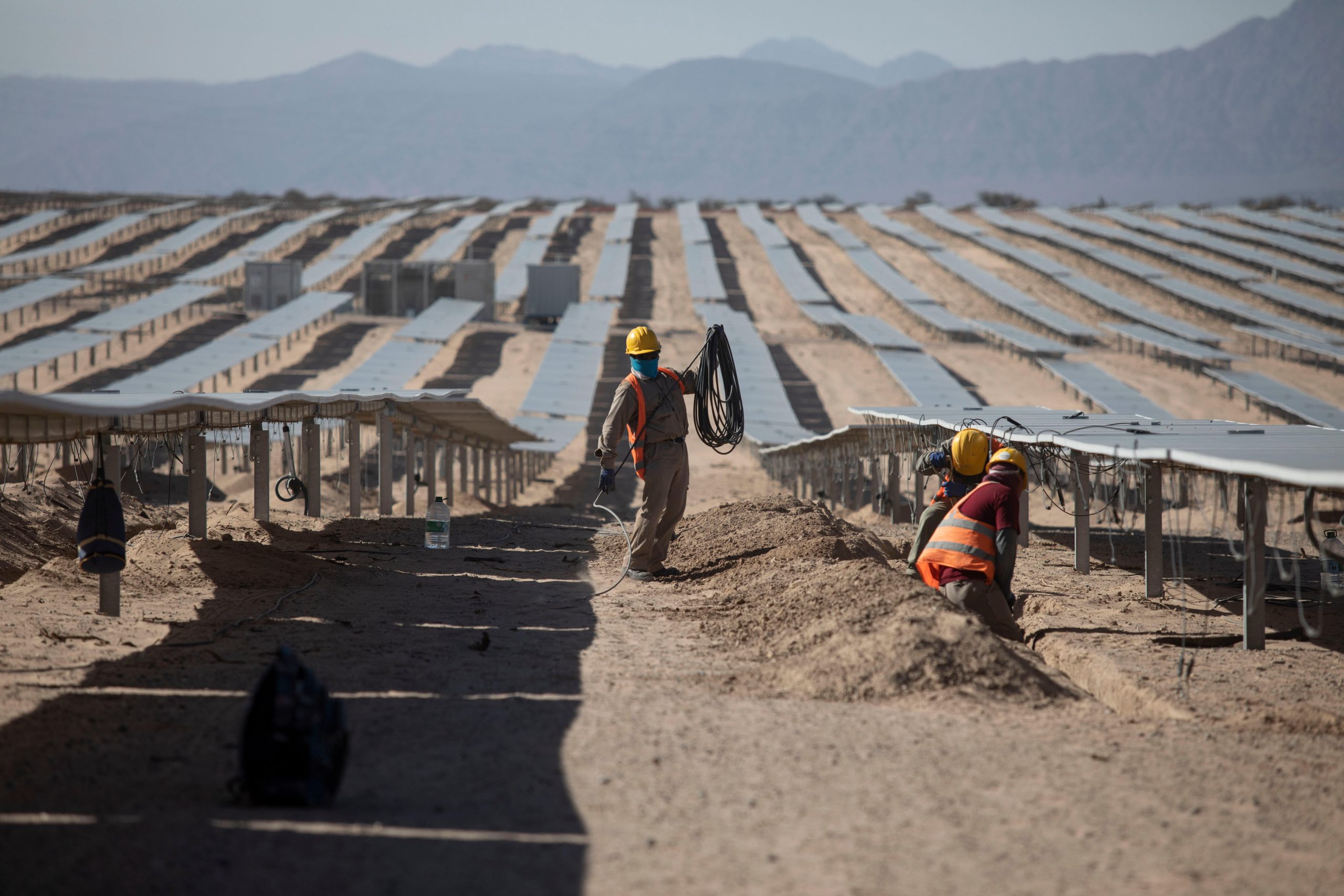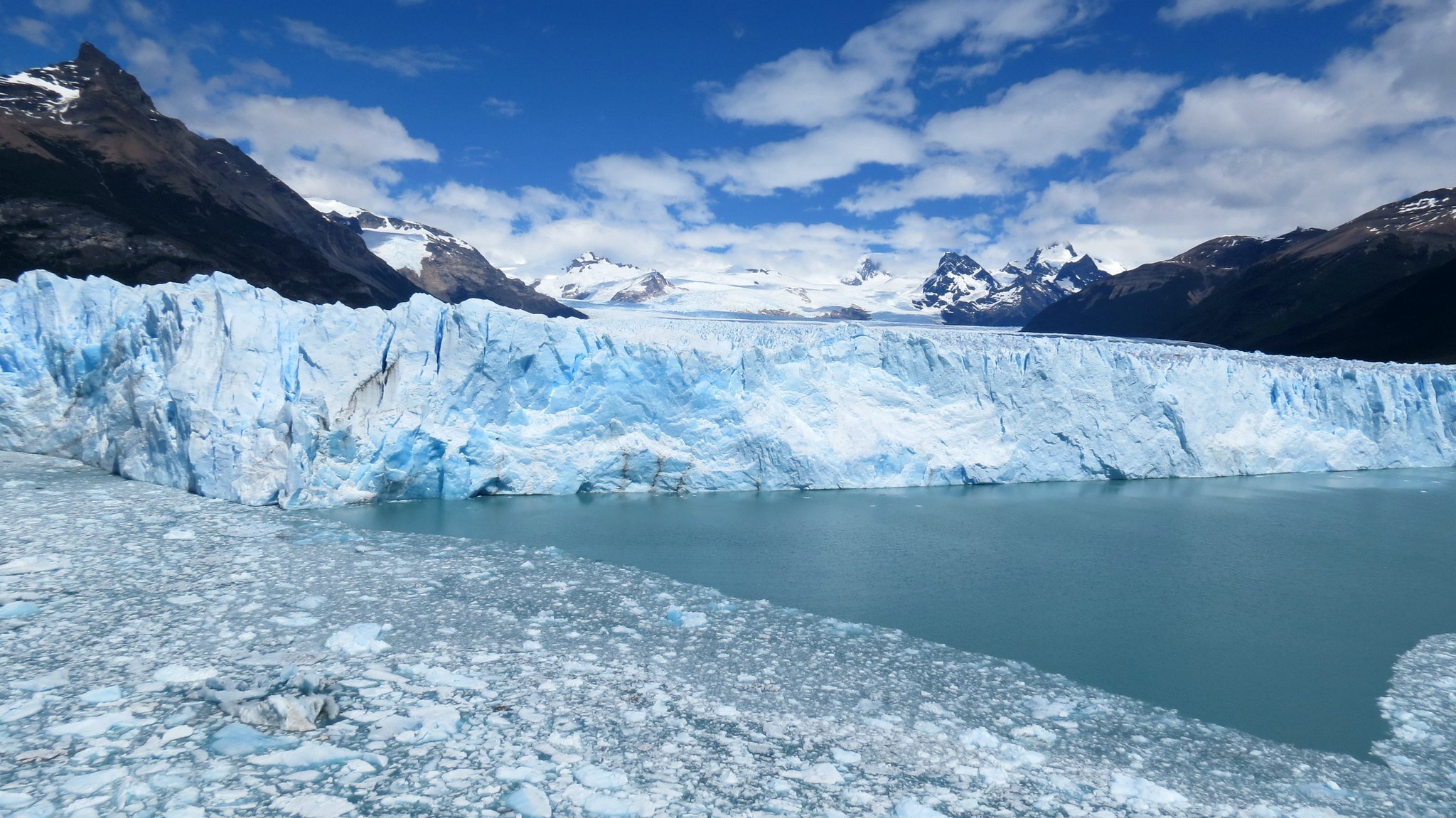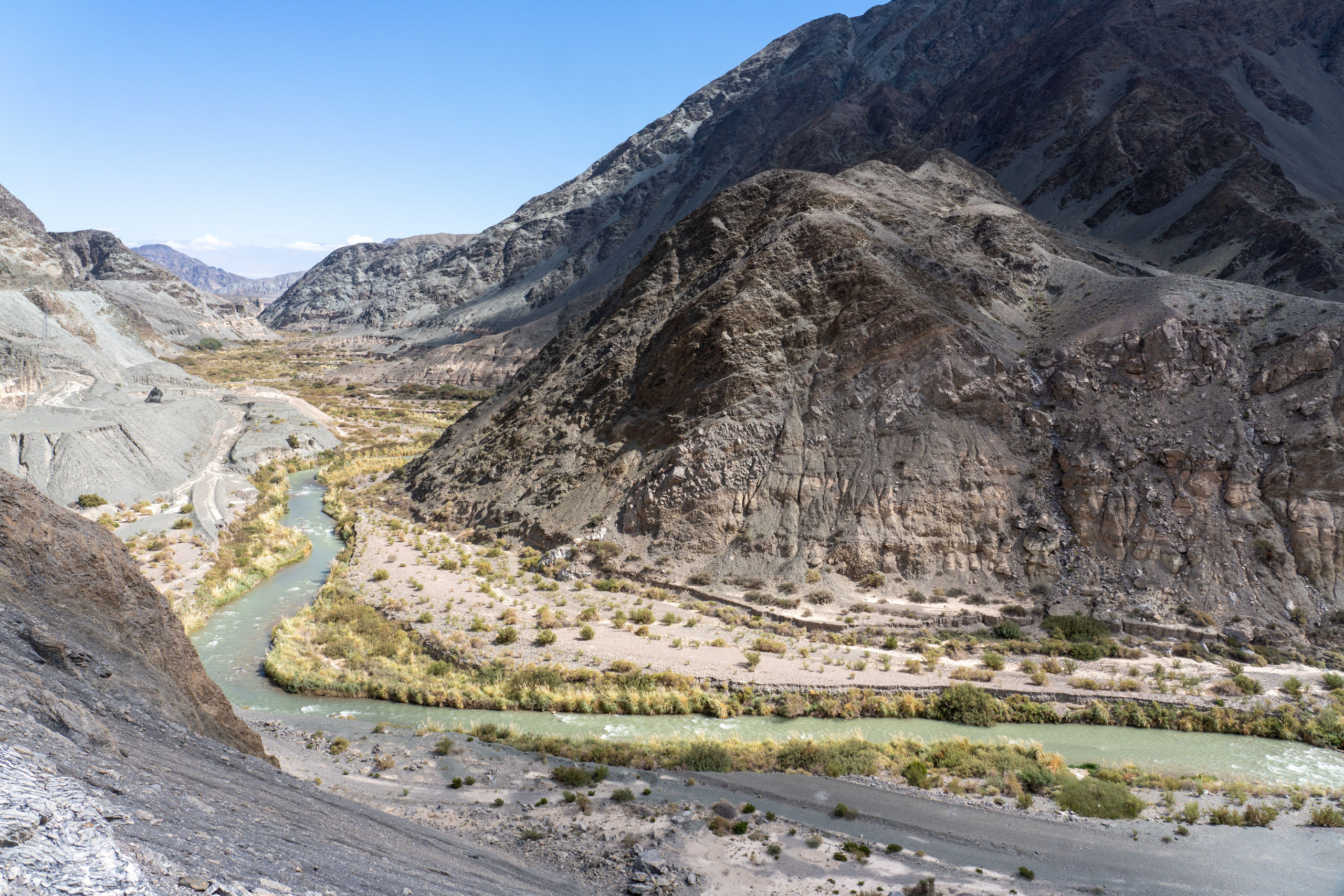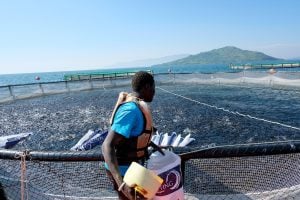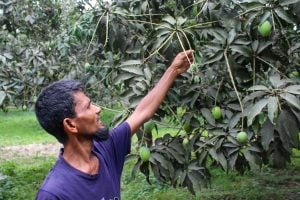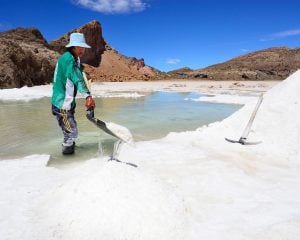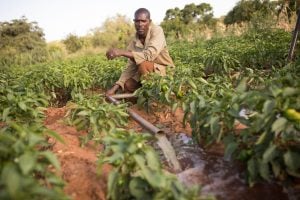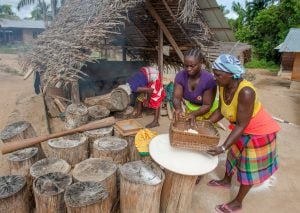The southern and central ranges of the Andes, spanning southern Peru, northern Chile and north-western and centre-west Argentina, are one of the world’s most mineral-rich regions, including vast deposits of copper – a mineral increasingly in demand amid the global energy transition.
Yet while Chile and Peru have become two of the leading global copper producers, Argentina has not developed its sector, and has no mines currently in operation. Its most recently active mine, Bajo de la Alumbrera in Catamarca province, closed in 2018.
The development of copper mines typically requires billions of dollars in investments, but such levels have yet to be seen in Argentina’s sector. Moreover, the industry and its activities face consistent pressure from social and environmental organisations, due to the potential for pollution, disputes over water usage, and other conflicts in areas surrounding mines.
The development of the Argentine copper sector is an objective of the country’s new president Javier Milei, who has proposed to relax environmental regulations in an attempt to encourage investment and extraction. Among these have been efforts to weaken a law protecting the Argentina’s glaciers – a key source of water for the country, and which could stand to be impacted by potential copper mining operations. His administration has since backed down on the change, though a controversial package of legislation that could see wide-ranging deregulation has recently made its way through the Senate.
By 2031, when all projects currently in the pipeline are scheduled to be in operation, Argentina could become the world’s sixth-largest copper producer, with an average annual export of around USD 8.44 billion, according to estimates produced by the Argentine Chamber of Mining Entrepreneurs (CAEM) and shared with Dialogue Earth.
Eight projects are already at an advanced exploration stage, and with the development of at least three of them, mining could become Argentina’s third-largest export sector, says Victor Delbuono, a researcher at Argentine think-tank Fundar. This, he adds, would allow Argentina “to balance a development [model] historically centred on the agricultural sector and dynamise other areas where there are few alternatives.”
Copper in the energy transition
Along with other critical minerals such as lithium, cobalt and nickel, copper is one of the key materials needed for global energy transitions. It is used in the manufacture of electric vehicles, batteries, solar panels, wind turbines, and is vital for electricity grids that connect renewables to homes and businesses.
The International Energy Agency (IEA) reports that demand for copper will increase by 40% in the next two decades, if the Paris Agreement target of limiting global warming to 1.5C is to be met. Electric vehicles (EVs) require four times more copper than traditional combustion engine vehicles, while the projected installation of solar power would mean a tripling of copper demand from the solar sector. The upgrades to transmission grids that will be needed to support the expansion of renewables would entail a doubling of the copper demand currently seen for this infrastructure, the agency reports.
This scenario is putting a strain on supply capacity and has caused copper prices to rise. Prices passed USD 11,000 per tonne in May to hit record highs, and are projected to reach USD 12,000 per tonne in 2025, according to a Citibank report published in December.
World copper production is led by Chile which, as of 2022, accounted for 24% of total output, followed by Peru and the Democratic Republic of Congo at 10% each. According to CAEM’s projections, Argentina could account for 5% of total world production by 2031.
By 2050, it is estimated that demand for copper could increase by 143%. An additional global production of 40 million tonnes is required to meet this need – more than seven times the current yearly output of market-leader Chile.
Despite the clear demand, realising the supply may prove slow for producers amid regulatory delays. “Conditions for implementing projects are challenging, with political, social and environmental hurdles higher than ever,” noted Eleni Joannides, research director of energy data provider Wood Mackenzie. She highlighted Chile and Peru as major producing countries where social and environmental licences to operate new mines are “proving elusive”.
On top of that, timescale is a significant challenge: each project takes on average 16 years to get from discovery to commissioning stage.
Projects in Argentina
The first project set to enter production in Argentina is Josemaría in San Juan province, which is currently in the pre-construction stage. Its owner, the US-based Lundin Group, aims to bring it into operation between 2026 and 2027, and its executives have estimated a cost of USD 4-5 billion. The mine would reportedly have a useful life of 19 years, with projected annual exports of USD 1.1 billion.
Also in San Juan is the Los Azules mine, owned by Canadian company McEwen Mining’s copper-focused subsidiary. The mine has been described as being logistically well placed, meaning that it is projected to require around half the level of investment required by Josemaría. This is despite having 10,000 tonnes more expected production of copper annually and eight more years of useful life.
“We are strategically located just a few kilometres from the power grid and at a relatively low altitude compared to the average for the region, which reduces transportation costs,” says the mine’s president, Michael Meding. He adds that when the mine enters production, Los Azules could account for about 35% of the gross product of the entire province.
Other projects include El Pachón, Filo del Sol and Altar, which are also in San Juan, as well as Taca-Taca in Salta province, Mara in Catamarca province, and San Jorge in Mendoza province, which are in various stages of development.
Argentina’s economic difficulties and the current uncertainty around national legislation are presenting a challenge for the sector, San Juan province’s mining minister, Juan Pablo Perea, told Dialogue Earth: “The country’s macroeconomic factors and its regulatory policies must provide a framework of predictability and competitiveness to attract the necessary investments.”
Environmental concerns
Glaciers and the periglacial environment account for 70% of Argentina’s freshwater, helping to sustain human life and the economy. Argentina’s Glaciers Law stipulates that the pit created by copper extraction’s blasting and excavation process cannot be sited in a periglacial environment – an area on the edge of a glacier with often frozen soils, which acts as a water regulator. Environmental NGO Fundación Ambiente y Recursos Naturales (FARN) has claimed that Josemaría’s open-pit mine would be in breach of this rule.
The mine’s environmental impact assessment and independent technical reports show that the open-pit mine could cut through a rock glacier, FARN said in a statement. It noted that one of the mine’s tailings storage sites would be located in a periglacial environment area.
Although Perea believes that glaciers “cannot be touched” because they are protected by the law, the Milei administration has already tried, albeit unsuccessfully, to modify it to allow mining in periglacial areas.
The other major concern that environmentalists have raised around copper mining is its water consumption. FARN identified La Alumbrera, the most recently active copper mine in the country, as having consumed more than 25 billion litres a year. “This is equivalent to 34% of the water consumed by all the inhabitants of the province of Catamarca,” says Leandro Gómez, the organisation’s environmental policy coordinator. “The impact has been reflected over the years in the reduction of cultivated areas, lower agricultural production and the loss of crop quality due to water stress.”
On its website, CAEM claims that mining in Argentina represents less than 1% of Argentina’s total water consumption and that, of that total, the vast majority is recirculated through closed circuits at mining operations. Meding, president of Los Azules mine, says the mine will consume between 150 and 250 litres of water per second. “That’s the same as an average vineyard in San Juan that employs just 20 people,” he claims.
Likewise, Josemaría states on its website that its closed circuits will recirculate and recover as much water as possible. “Groundwater will be used as the main supply, coming from well fields near the processing plant,” it said, pointing to the approval of its environmental impact report in April 2022 as proof that it had met the required standards.
But some in nearby communities remain unconvinced. The mines’ use of enormous quantities of water is the “most serious concern”, says Domingo Jofré, a member of San Juan’s Jáchal No Se Toca (“Don’t touch the Jáchal”), an assembly formed in 2015 in response to a toxic spill from a gold mine owned by Canadian firm Barrick Gold, which led to mercury and cyanide contamination of the nearby Jáchal River. “Today, our Jáchal River contributes three cubic metres [of water per second] to the Cuesta del Viento Dam – the same amount that Josemaría will consume,” Jofré claims.
Momentum for ‘green copper’ grows
Mining companies in Argentina say they are working throughout the production chain to export what they call “green copper“ – which has a reportedly lower carbon footprint – in response to environmental demands from international markets. Such copper is targeted for production with more efficient water use, alongside electric-powered machinery or trucks fuelled by green hydrogen to reduce CO2 emissions during mining operations, explains Delbuono of Fundar.
At the most recent instalment of one of the world’s largest mining events, the Prospectors & Developers Association of Canada (PDAC) summit, the US State Department’s Undersecretary for Economic Development and Energy José Fernández offered funding to develop “green copper” in Argentina, under the condition that the companies work to certify its environmental sustainability.
Similarly, the Argentine ambassador to Germany, Fernando Brun, indicated that credit lines could be made available from the German Development Bank (KFW) to build high-voltage lines to bring electricity from renewable sources to the various mining projects. “The objective is for the minerals required for the energy transition, such as lithium and copper, to have a very low carbon footprint,” he tells Dialogue Earth.
Josemaría announced it will be building a 300-kilometre-long high-voltage power line with its own funds in order to electrify the entire operation, which it says would be supplied with renewable energy, minimising diesel consumption. Similarly, Los Azules states that it hopes to achieve carbon neutrality by 2038 “through the use of emerging technologies and offsets”. It also plans to extract copper through heap leaching, a less energy-intensive production method with a lower environmental impact than more traditional techniques.
In Chile, where copper makes up nearly 11% of its economy, the country has set its sights on carving a niche in so-called “green copper”. Codelco, the state-owned copper company, said it had achieved 100% traceability in copper production in 2021. The company also says that it expects to reduce its emissions by 70%, water consumption by 60% and industrial waste by 65% by 2030.
“Mining countries that are not able to move towards such [greener] mining could face reduced production, as markets and societies will discriminate between a mineral of those characteristics and one that is not,” warns a 2022 Senate paper in Chile, which collected inputs from more than 150 scientists, academics, experts, industry and citizen representatives.
It is an activity that, by definition, involves the extraction of finite minerals. We don’t think it is possible to talk about ‘green’ copperLeandro Gómez, FARN’s environmental policy coordinator.
Yet despite this seemingly greater environmental commitment by the industry, FARN is wary of the “green copper” term and calls it a “greenwashing” strategy. “They continue promoting an activity that, by definition, involves the extraction of finite minerals. We don’t think it is possible to talk about ‘sustainable’ mining or ‘green’ copper,” says Leandro Gómez.
“Large-scale extraction has a series of environmental and social impacts that, depending on the methodology, tend to consume large amounts of water and energy,“ Gómez adds. As “green copper” projects progress, environmentalists fear they may still have the potential of repeating the current issues faced by communities living near copper mines.
Environmentalists and the mining industry alike will be keeping an eye on developments in the national congress, as the deregulating measures proposed in the government’s Ley Bases reform package await discussion in the lower house after passing through the senate in early June.
